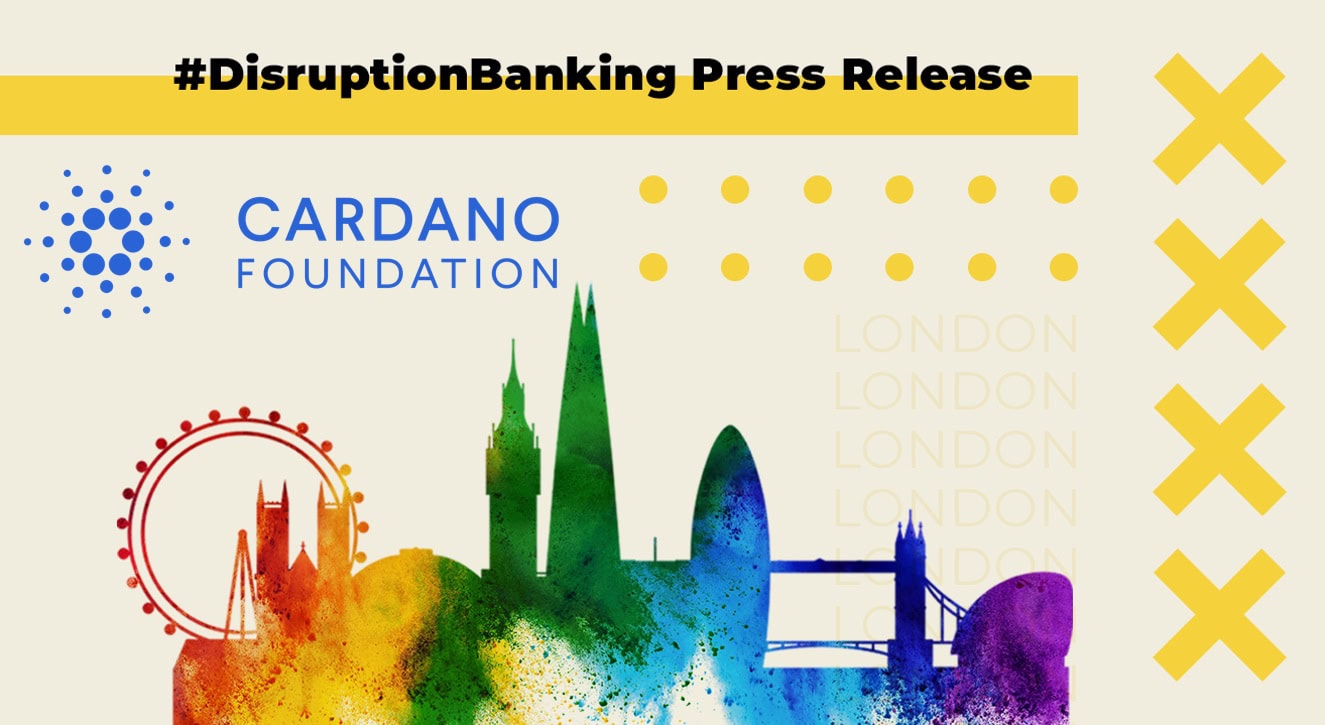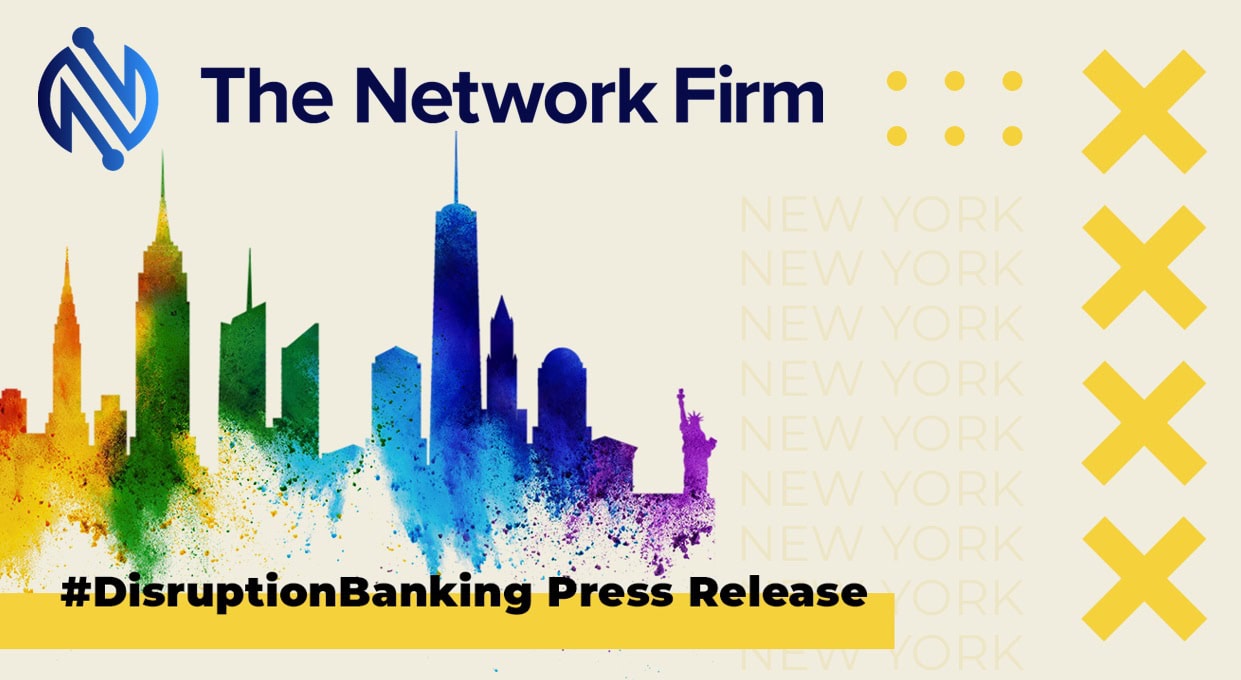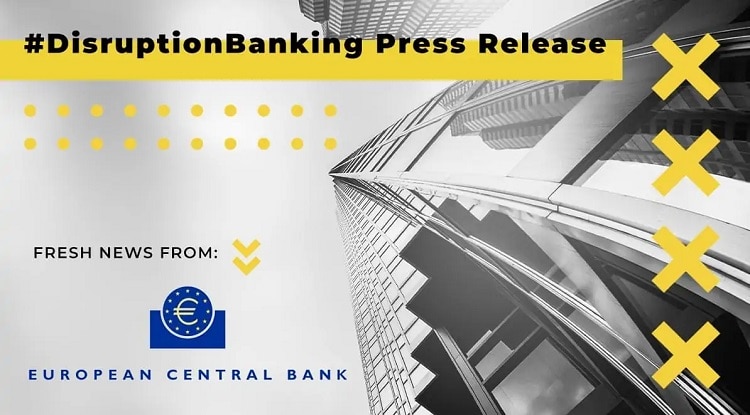Zug, Switzerland, – The Cardano Foundation and Crypto Carbon Ratings Institute (CCRI) this week announced the release of MiCA-compliant sustainability indicators for the Cardano network. This engagement addresses the requirements set forth by the upcoming Markets in Crypto-Assets (MiCA) regulation in the European Union, which mandates disclosure of certain sustainability indicators by issuers of and service providers for crypto assets.
To meet MiCA’s requirements for these sustainability indicators, it is necessary to monitor the blockchain network, gather relevant data, and calculate the indicators using a sound and scientific methodology. In order to ensure the quality and objectivity of the sustainability indicators for the Cardano network, the Cardano Foundation engaged CCRI to apply their specialized expertise. The collaboration has resulted in comprehensive sustainability indicators tailored for the Cardano network.
The detailed report, published this week, includes an extensive methodology description and the results of this assessment. This initiative underscores the commitment of Layer 1 networks like Cardano to both sustainability and regulatory compliance. This report not only helps the Cardano ecosystem ensure compliance with MiCA, but also provides a benchmark for other blockchain networks to understand and fulfill regulatory sustainability disclosure obligations.
Highlights from the report include:
- Cardano employs an energy-efficient consensus protocol. In comparison to Proof of Work (PoW)-based protocols, Cardano consumes significantly less electricity.
- Total annualized electricity consumption of 704.91 MWh for the Cardano network, as of May 2024.
- Total annualized carbon footprint of the Cardano network is 250.73 tCO2e. The carbon intensity of the consumed electricity sits at 356 gCO2 per kWh.
- The marginal power demand per TPS (transactions per second) in the Cardano network amounts to 0.192 W.
- In addition to electricity consumption and carbon footprint, the report provides sustainability metrics in line with the draft regulatory technical standards (RTS) provided by the European Securities and Markets Authority (ESMA) in the second consultation package of the Markets in Crypto-Asset (MiCA) regulation.
This report is a significant step towards enhancing the transparency and sustainability of the Cardano network and serves as a valuable resource for the broader blockchain community in navigating regulatory requirements.
Frederik Gregaard, CEO, Cardano Foundation said: “As the adoption of crypto assets grows, so does the imperative for providers to address sustainability considerations. We’re proud to be partnering with CCRI, an entity recognized as the gold standard for sustainability data in our sector. Together, we can ensure that the Cardano network meets the stringent requirements of the MiCA regulation, aiding financial institutions in integrating sustainability into their digital asset propositions and aligning with investors’ increasing ESG awareness.”
Dr. Ulrich Gallersdörfer, CTO and Co-Founder, CCRI added: “Scientific methodologies and real-world data are essential for accurately measuring and managing the environmental impacts associated with blockchain networks. Until now, many networks lack necessary sustainability reporting under the Markets in Crypto-Asset regulation. We are pleased to collaborate with the Cardano Foundation, leveraging our expertise and infrastructure to develop MiCA-compliant sustainability indicators, helping the Cardano ecosystem lead the way in regulatory compliance and environmental responsibility.”
About the Cardano Foundation
The Cardano Foundation is an independent, Swiss-based not-for-profit organization tasked with advancing Cardano as a public digital infrastructure across a wide range of industries. The Foundation works to anchor Cardano blockchain as a utility for financial and social systems, thus empowering the digital architects of the future. It also develops infrastructure tooling, strengthens operational resilience, and drives diversity of on-infrastructure use cases as well as the development of sound and representative governance.















